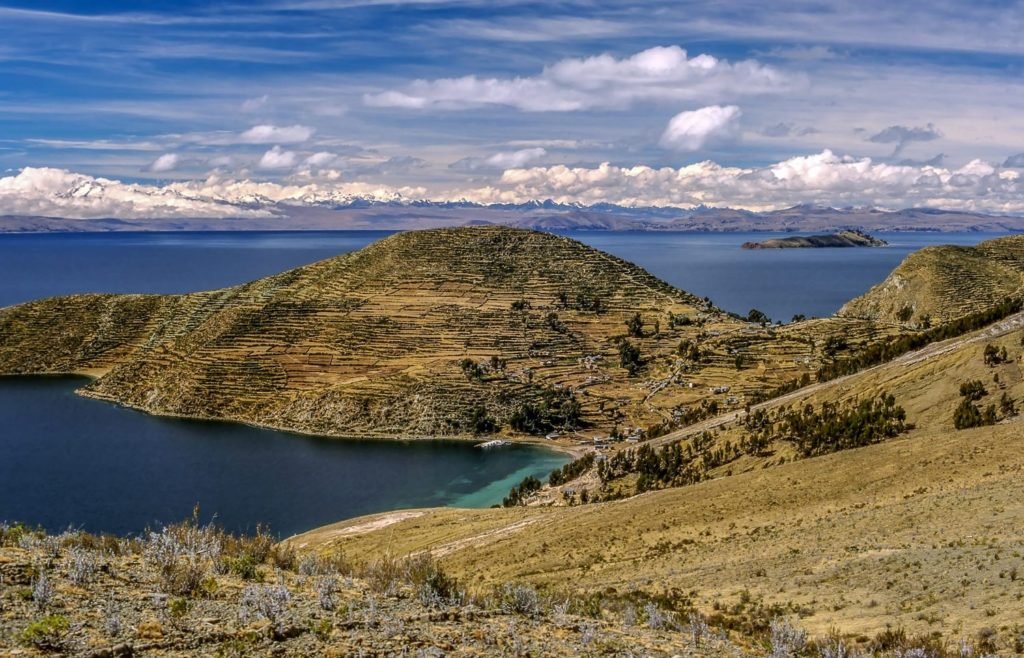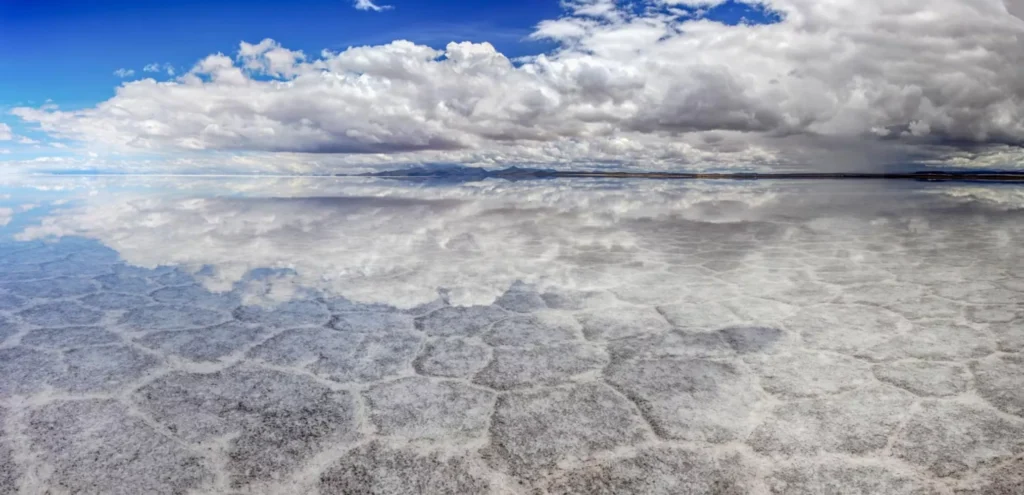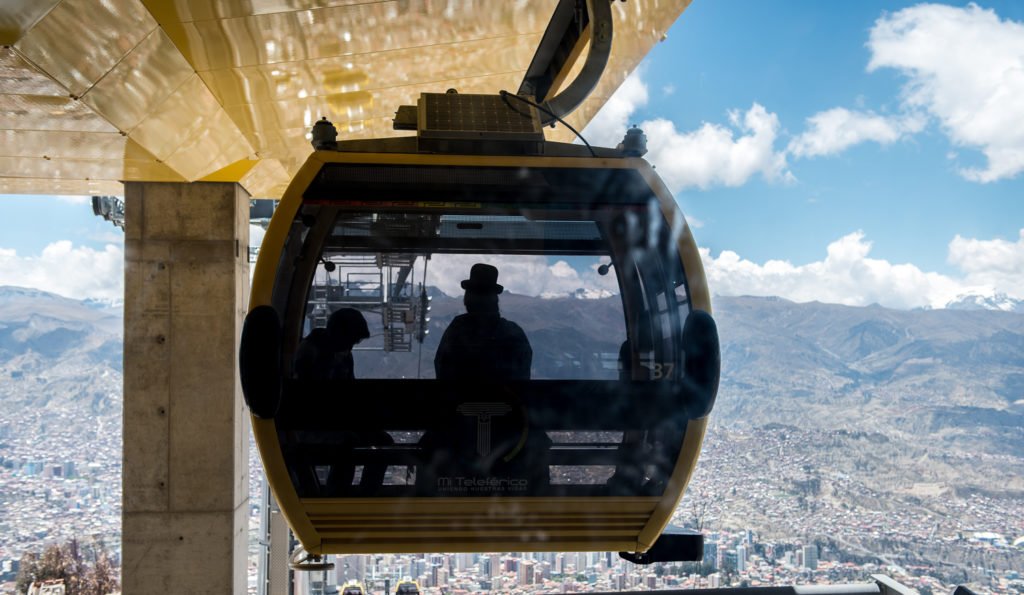Page Menu
Sucre: Bolivian Beauty
Serving as the judicial and constitutional capital of Bolivia, Sucre is also widely regarded as Bolivia’s loveliest city.
Founded by the Spanish in 1538, this city developed from mining roots, to become a regional center of religious, legal, and cultural affairs.
Sucre’s heritage is well preserved in the city’s historic center, where whitewashed churches and mansions are arranged in the classic colonial grid pattern.
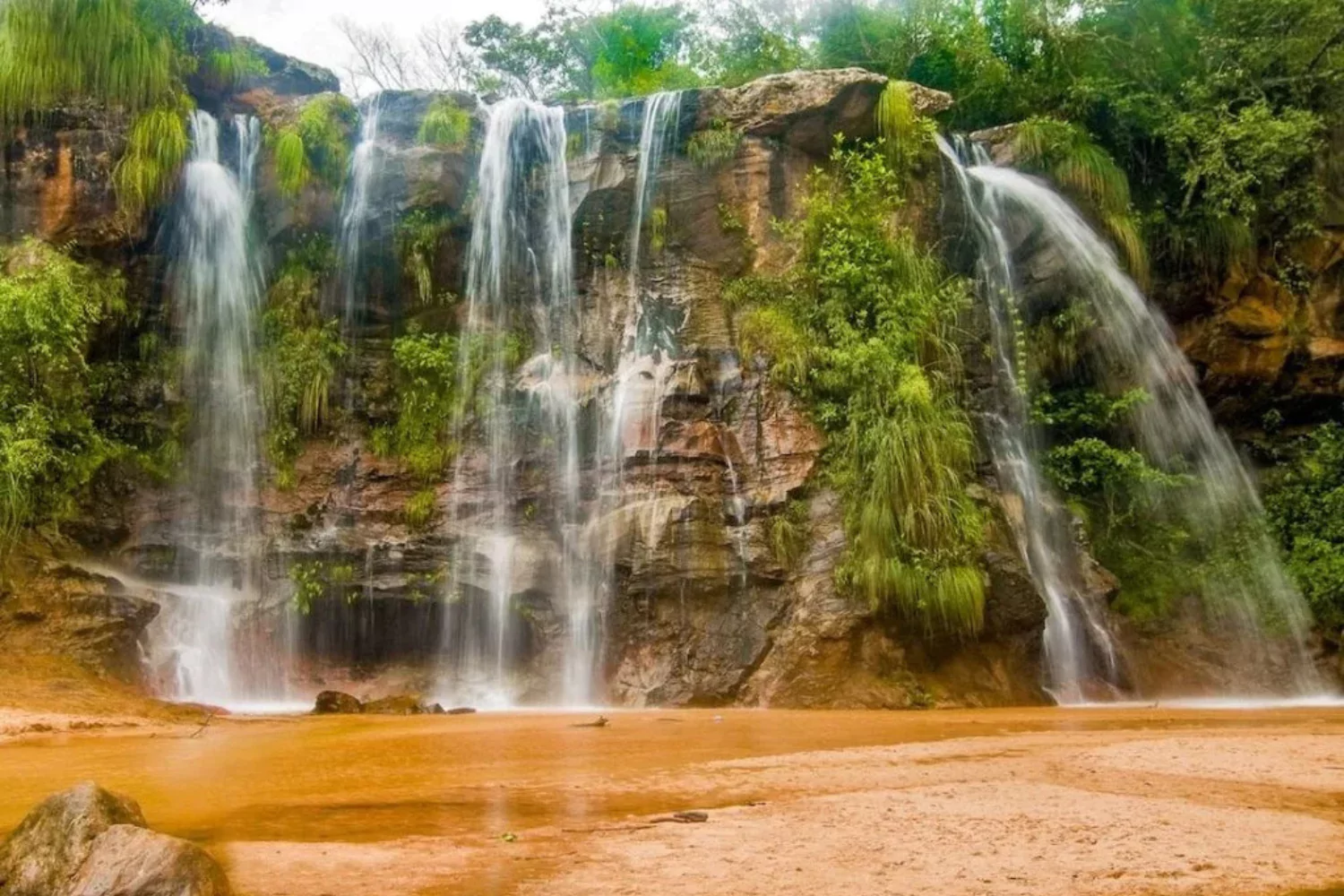
UNESCO World Heritage Site
UNESCO declared Sucre’s colonial quarter a World Heritage Site in 1991.
Sucre is the birthplace of Bolivian independence; In 1825, Bolivia’s declaration of independence was penned in what is now known as the House of Freedom.
Originally constructed in 1621 as a convent, this elegant edifice now displays said declaration, in addition to numerous other treasures from Bolivia’s independence era.
National Library, Archbishop’s Palace, & Templo Nuestra Señora de la Merced
Other notable Sucre landmarks include:
- The National Library
- The Metropolitan Cathedral
- The Archbishop’s Palace
- Templo Nuestra Señora de la Merced
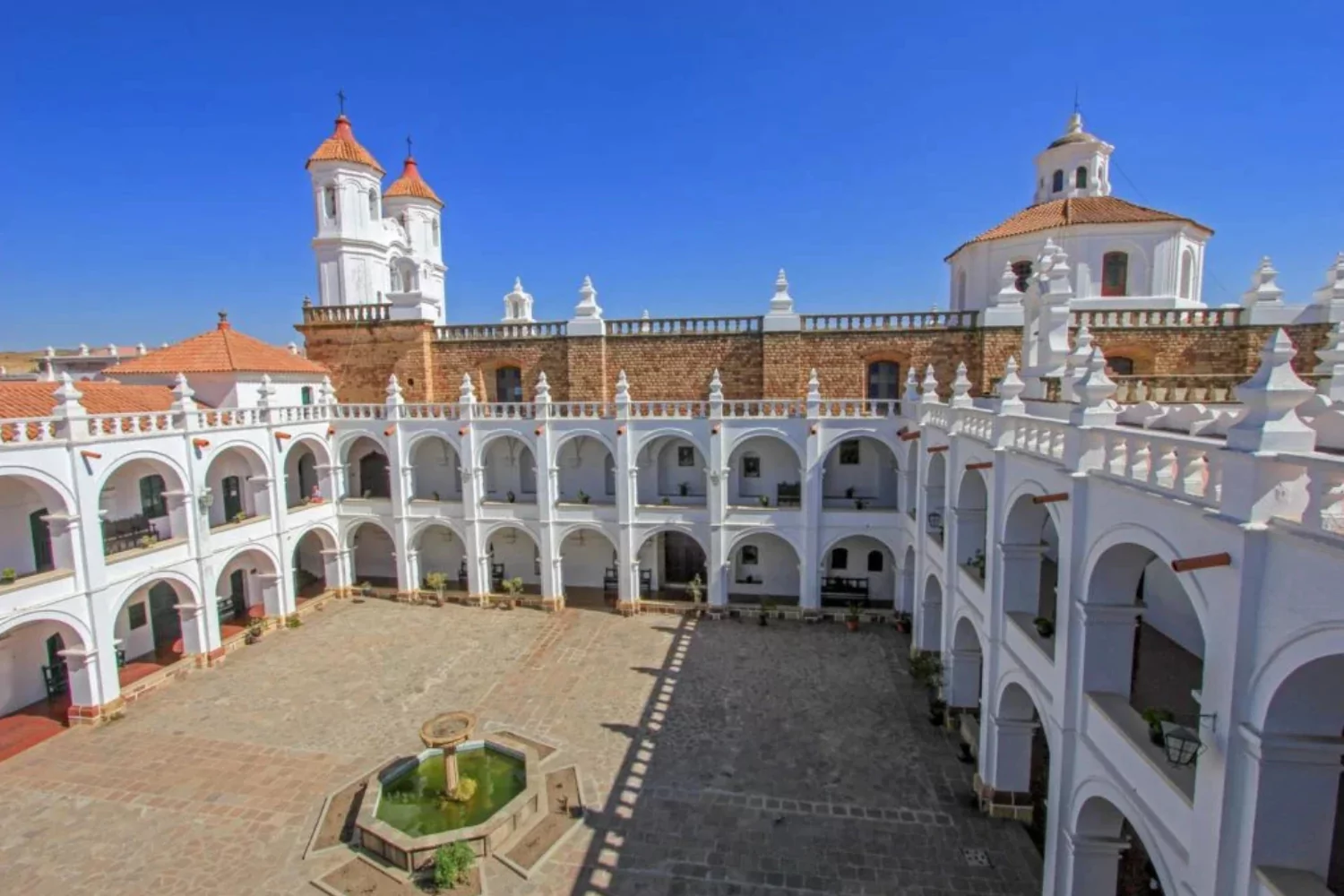
What to do in Sucre
Guided walks through the colonial center and historic landmarks
Visits to museums
Exploration of churches, convents, and the National Library
Market visits in nearby towns such as Tarabuco and Candelaria
Day hikes in the Cordillera de los Frailes
Cultural immersions in traditional music, textiles, and cuisine
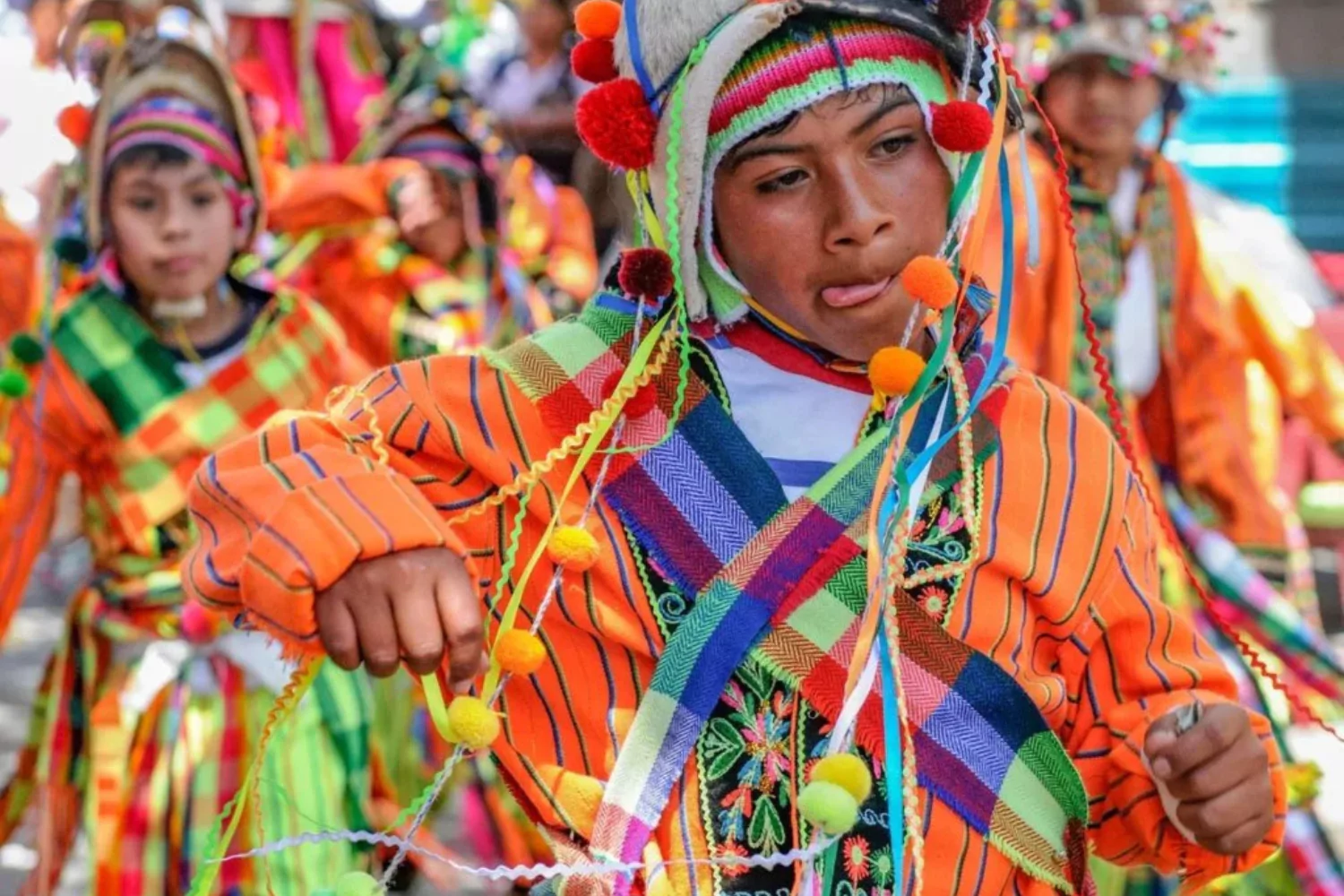
What is the Weather Like?
Sucre’s climate is mild year-round. Daytime highs average around 67°F, with nighttime lows near 45°F. Rain falls mainly from November to March, while April to October is drier with more consistent sun. The wet season brings greener landscapes, while the dry months are favored for walking tours, markets, and nearby hikes. This consistency makes Sucre an inviting destination year-round, though many travelers prefer the crisp, sunny months of the dry season.
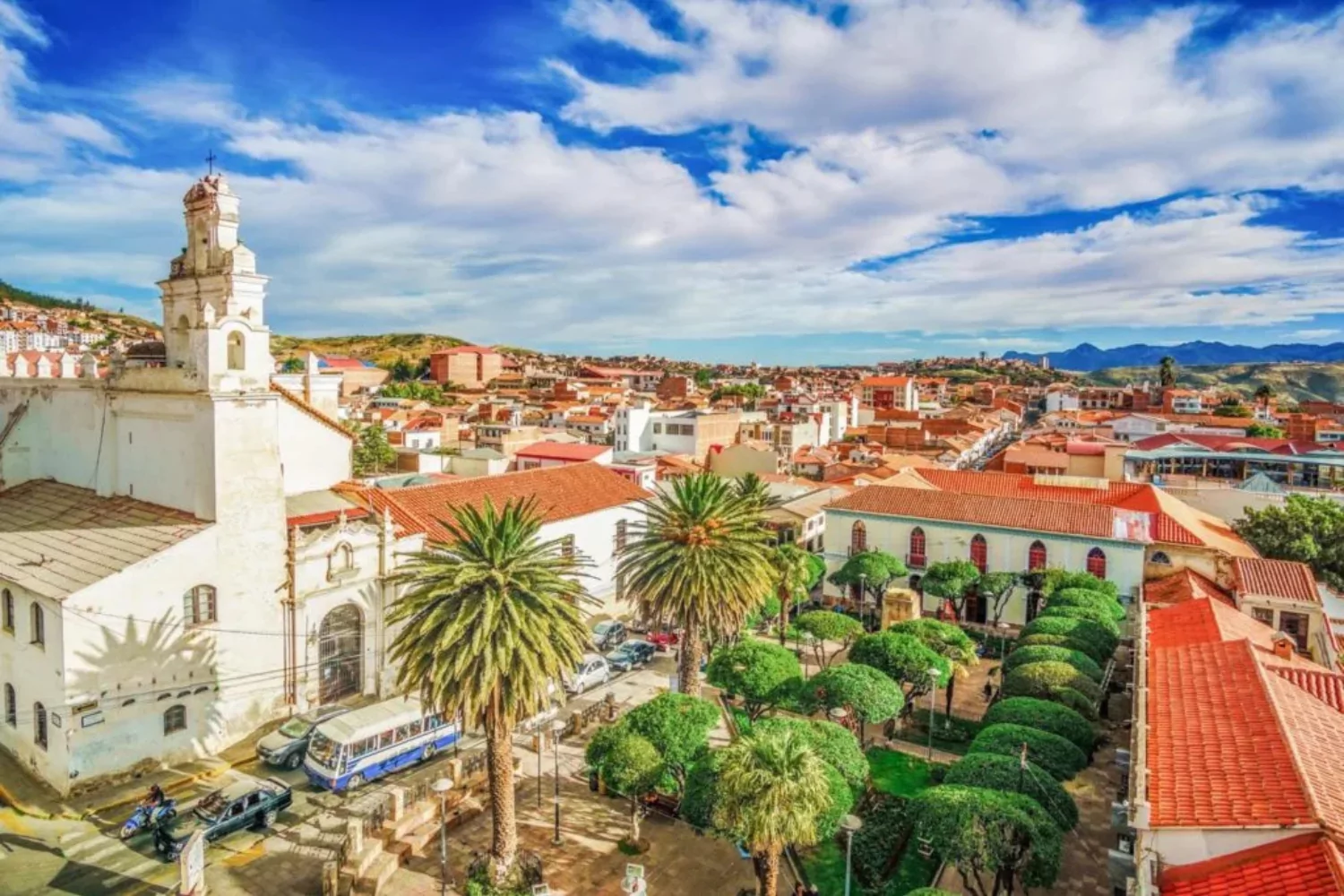
Getting There
Sucre is connected by daily flights from La Paz (about 45 minutes) and Santa Cruz (about 35 minutes). The airport lies six miles from the city center. Overland journeys are possible as well, though travel times are significantly longer due to winding mountain roads.
Start your journey today
LANDED delivers the finest in custom, private travel to Central America, South America, and Antarctica. These regions are our passion; we know them first-hand and by heart. Speak with one of our travel designers and let us create a tailored itinerary for you in Sucre.
How to combine Sucre
Have some extra time? Here are some options for you to combine with.

